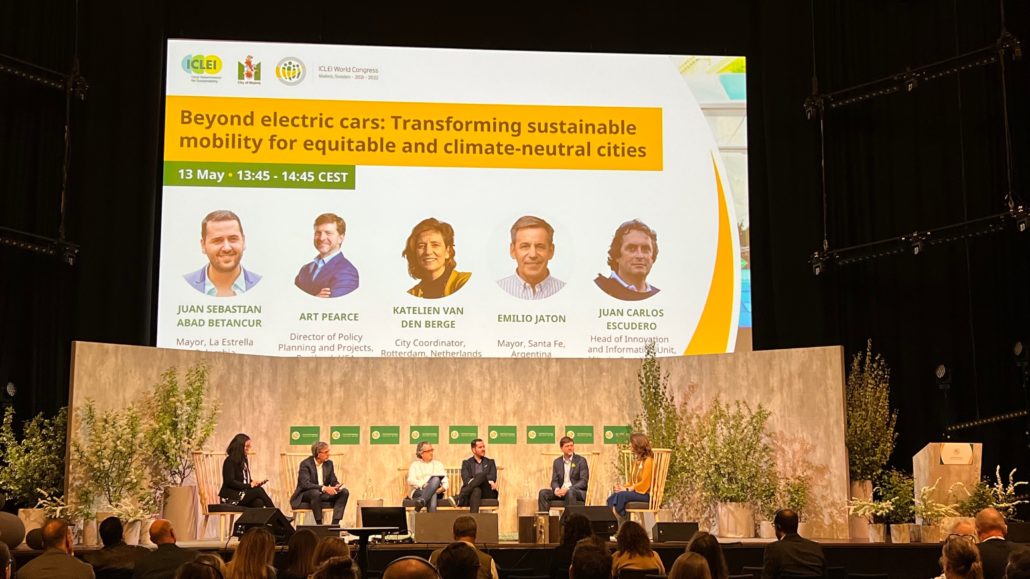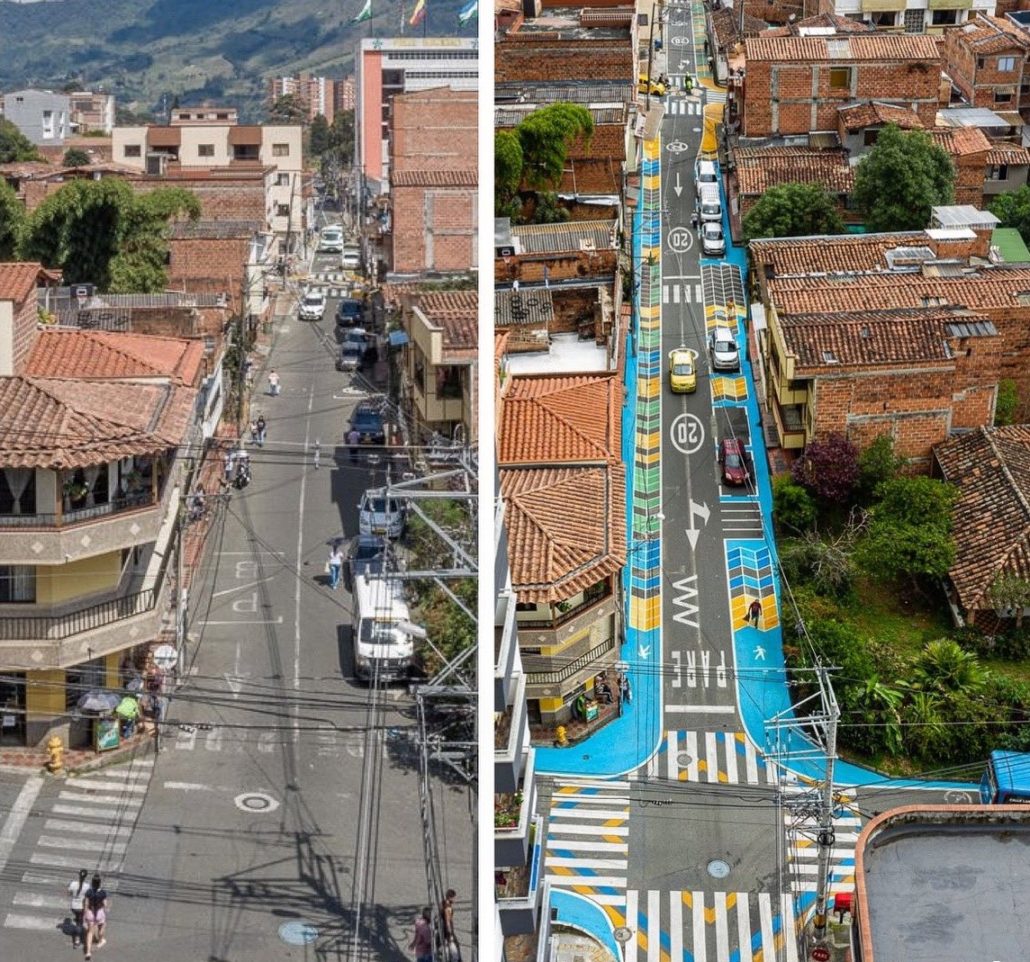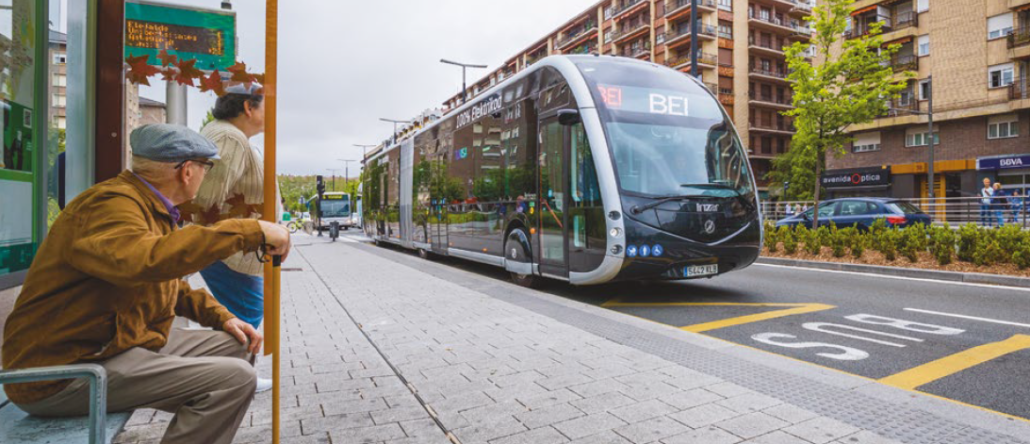This blog was written by Laura López, Sustainable Mobility Junior Officer at ICLEI World Secretariat
Given their omnipresence in our urban built environment, it is difficult to remember that cars have been around for only about a century. Walking and cycling, and later mass transit such as streetcars and trains, were the main means of transport that shaped urban environments until the early 20th century.
After 100 years of designing our cities around and for cars, the car-based mobility regime has shown its profound environmental and social flaws. Motorized road transport accounts for significant and rising greenhouse gas emissions and air pollution. Moreover, traffic crashes are among the top three causes of preventable deaths and the first among children and young teenagers worldwide (WHO, 2021). Finally, with cities around the world craving scarce, centrally located land, too much space is taken up by cars. Estimates in the European Union show that on-street parking occupies 8 to 12 square meters of public space, where cars stay parked over 90 percent of the day (Shoup, 2011).
As part of the ICLEI World Congress in Malmö, Sweden, the Sustainable Mobility team brought together five-city representatives from European, Latin American, and North American cities to reflect on how to advance the transition to climate-neutral and people-centered mobility systems and cities. The message was loud and clear: In order for cities to move forward, they have to go backward. In other words, in order to put active mobility and public transport at the center of city structure and urban life, cities must reclaim the space now occupied by motorized vehicles.






